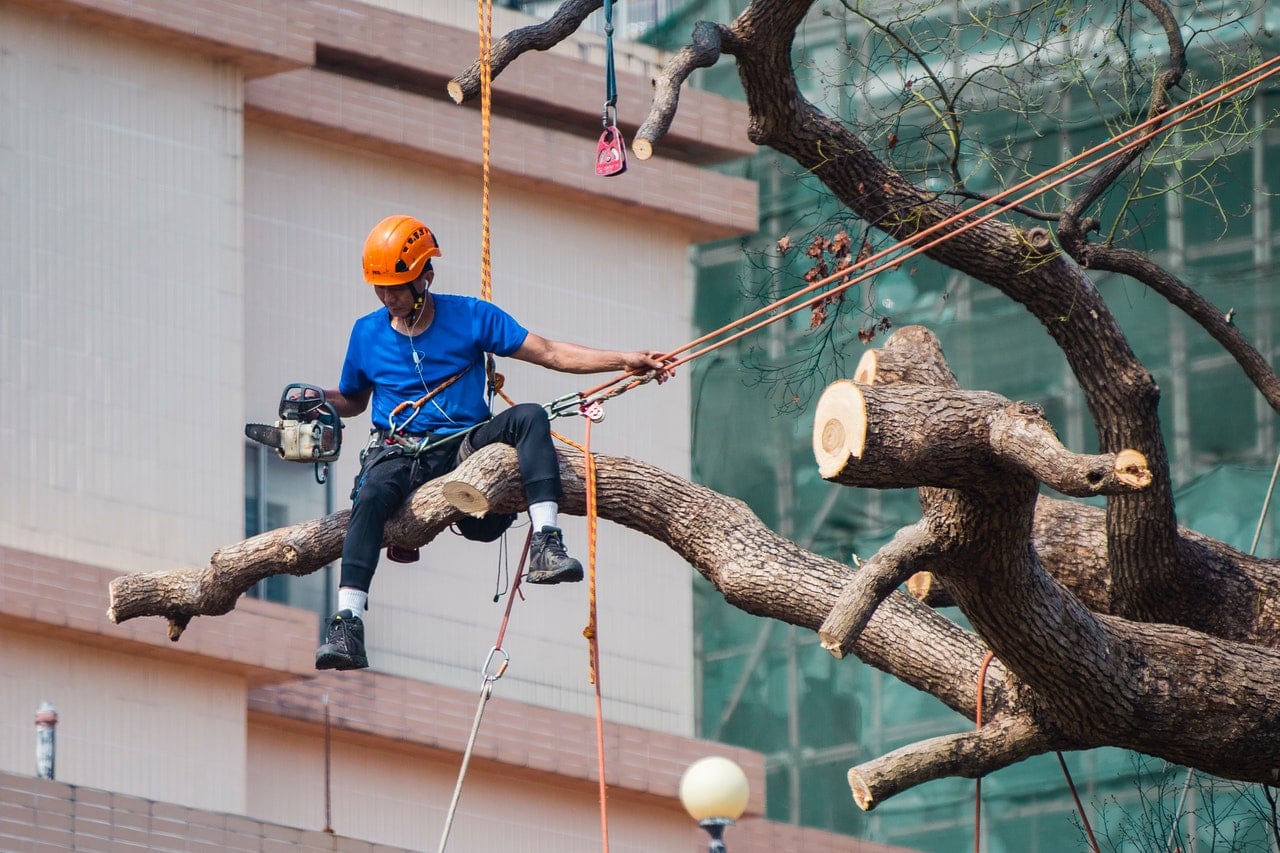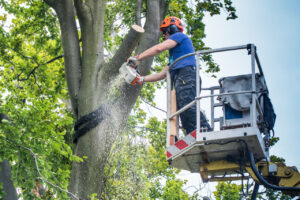Choosing the right tree removal service for your property can be a daunting task. With so many options available, it’s imperative to understand the various aspects that contribute to an effective and safe tree removal process. This article will guide you through the essential factors to consider, ensuring peace of mind as you navigate your options.
Understanding the need for tree removal
Tree removal is often necessary for various reasons, primarily concerning safety and property health. Trees that are diseased, damaged, or pose a risk to surrounding structures may need to be removed to prevent accidents or further damage. Understanding why tree removal is necessary helps you recognise when it is time to engage professional services.
In addition to safety concerns, tree removal can also be essential for aesthetic and functional reasons. Overgrown trees can obstruct views, block sunlight from reaching your garden, or even interfere with the growth of other plants. In urban areas, where space is at a premium, the removal of certain trees can create more room for landscaping or outdoor activities, enhancing the overall appeal of your property. Furthermore, trees that are too close to buildings can lead to issues such as root damage to foundations or encroachment on roofing structures, necessitating their removal for the long-term health of your home.
The importance of professional tree removal
Engaging a professional tree removal service is crucial for several reasons. Firstly, professionals possess the necessary skills and training to safely remove trees without causing harm to your property or themselves. Using specialised techniques and equipment, they minimise risks associated with tree removal.
Moreover, professionals can evaluate your landscape’s overall health, recommending if certain trees should be pruned instead of removed. Their expertise ensures that every aspect of the tree removal process is conducted efficiently and effectively, aligning with industry standards. Additionally, professional services often include the disposal of the tree debris, which can be a significant task in itself. They may also offer advice on replanting or selecting suitable trees that will thrive in your environment, contributing positively to your landscape.
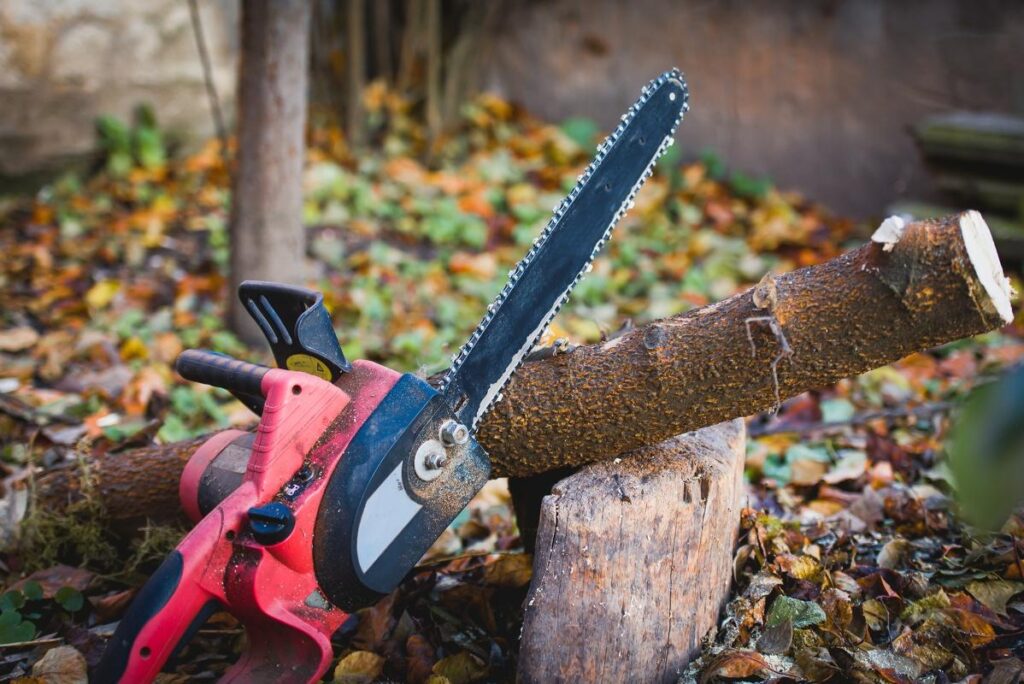
Risks associated with DIY tree removal
While the option to remove trees yourself may seem appealing, it poses significant risks. Without proper knowledge and tools, individuals can face severe injuries or cause damage to nearby structures and landscapes. Often, DIY tree removal leads to complications such as falls, equipment failure, or entanglement with power lines.
Furthermore, many residents underestimate the complexity involved in removing larger trees. What may initially appear to be a simple task can quickly escalate into a hazardous situation without the proper guidance and experience. The unpredictability of a tree’s weight distribution and the direction in which it may fall can lead to catastrophic outcomes. Moreover, local regulations may require permits for tree removal, and failing to comply could result in fines or legal issues. Therefore, it is always advisable to consult with professionals who are familiar with local laws and can ensure that the removal process adheres to all necessary guidelines. Click here to get about the benefits of professional tree lopping for property maintenance.
Key factors to consider when choosing a tree removal service
When selecting a tree removal service, several key factors should guide your decision to ensure you choose a reliable and competent provider.
Qualifications and experience
Professional qualifications and years of experience are fundamental considerations when choosing a tree removal service. Ensure the company has certified arborists on staff, as they possess the knowledge required to handle various tree issues effectively.
Understanding their level of experience in tree removal can significantly impact the quality of service. Established companies often have a proven track record, showcasing how they’ve dealt with similar challenges in the past. Additionally, it is beneficial to ask for references or testimonials from previous clients. This will provide insight into their customer service and the satisfaction level of their past work, helping you gauge whether they are the right fit for your needs.
Insurance and liability
It is imperative to confirm that any tree removal service you consider is adequately insured. This insurance should cover damage that may occur to your property as a result of their work. Without proper insurance, you may be held liable for damages or accidents that occur during the removal process.
In addition to liability insurance, verify that the service has worker’s compensation coverage for its employees. This protects you from any legal implications should an accident occur on your property. Furthermore, ask for proof of insurance before any work begins; a reputable company will be more than willing to provide this documentation. This not only protects you but also indicates the professionalism and accountability of the service provider.
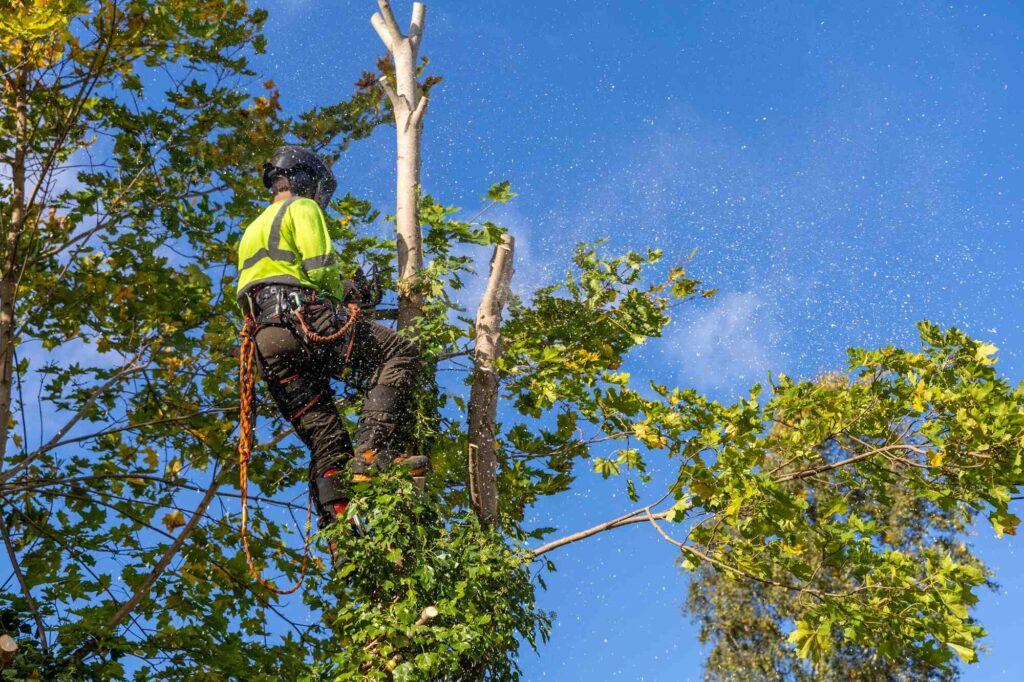
Equipment and safety measures
The equipment used by the tree removal service plays a pivotal role in the job’s safety and efficacy. Inquire about the types of gear and machinery they utilise and ensure they are up-to-date and well-maintained to guarantee safety during removal.
Additionally, established tree removal companies should have clear safety protocols in place. This includes the use of safety gear, protocols for handling adverse weather conditions, and methods for securing the area during and after tree removal. It is also wise to check if the company conducts regular training sessions for its staff to keep them informed about the latest safety practices and equipment handling techniques. Such diligence not only ensures a safer working environment but also reflects the company’s commitment to professionalism and excellence in their service delivery.
The process of tree removal
The tree removal process involves several stages, each crucial for ensuring the safe removal of a tree from your property.
Initial assessment and quotation
The first step in the tree removal process is an initial assessment by the removal service. A qualified arborist will evaluate the tree’s health, size, and condition, considering its location and any potential risks associated with its removal.
After the assessment, they will provide you with a quotation that outlines the expected costs and the proposed methods for removal. Make sure this quotation includes all aspects of the tree removal process, including potential additional costs for clean-up and disposal.
During this stage, the arborist may also take into account the tree’s species, as some trees require specific techniques for safe removal. For instance, hardwoods like oak may present different challenges compared to softer woods like pine. Additionally, they will assess any nearby power lines, buildings, or other trees that could complicate the removal process, ensuring that all safety measures are meticulously planned out before any physical work begins.
The removal process explained
Once you’ve agreed to the plan, the removal service will begin the actual process, which typically involves felling the tree in a controlled manner. Professional tree removal services will assess the angle of the tree’s lean and consider surrounding structures to determine the safest direction for the tree to fall.
In some cases, particularly with larger trees, they might use ropes and pulleys to control the descent. After felling the tree, the service will typically cut it into manageable sections for easier handling.
Furthermore, the crew will often employ specialised equipment, such as chainsaws and chippers, to ensure that the removal is efficient and safe. They may also utilise climbing gear if the tree is particularly tall or if it has branches that are difficult to reach. This not only helps in maintaining control during the removal but also minimises the risk of damage to surrounding areas, ensuring that your garden or yard remains intact throughout the process.
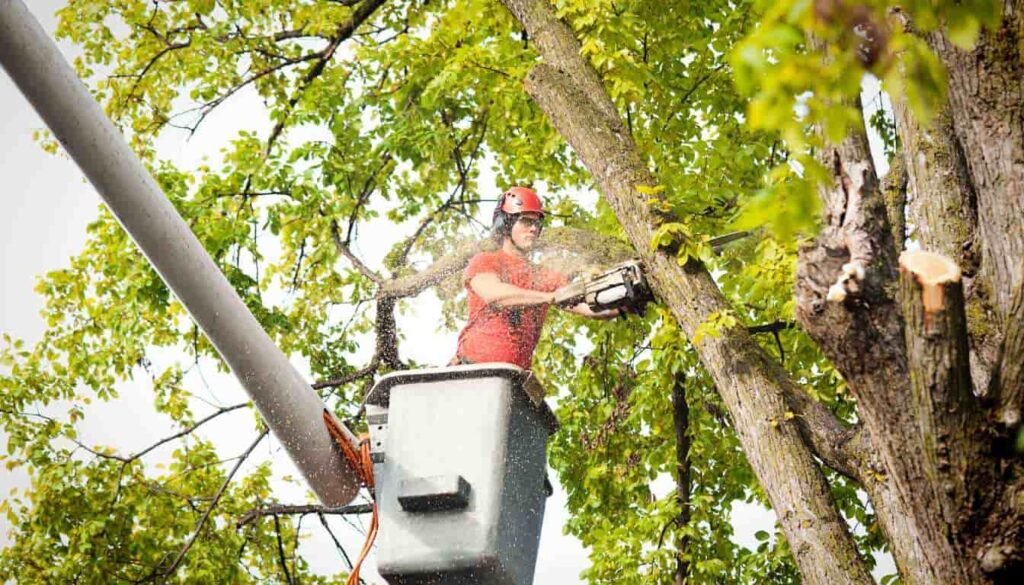
Post-removal clean-up and disposal
After successfully removing the tree, the service will conduct clean-up operations, which may include grinding the stump and removing branches and debris from your property. Look for a company that includes thorough clean-up in their services, as it can save you considerable time and hassle.
Additionally, discuss with them how they dispose of tree waste. Many reputable services will have systems in place to recycle tree material or provide options for repurposing the wood, benefiting the environment.
Moreover, some companies offer the option to convert the wood into mulch or wood chips, which can be a valuable resource for landscaping or gardening projects. This not only reduces waste but also allows you to make use of the tree that was removed, turning a potentially negative situation into a beneficial one for your outdoor space. It’s also worth inquiring about the possibility of donating the wood to local artisans or community projects, which can foster a sense of community and sustainability in your area.
Cost considerations for tree removal services
The costs associated with tree removal services can vary widely based on several factors, which should be considered when budgeting for the service.
Average costs and factors influencing price
On average, tree removal costs can range from £200 to over £1,500, depending on the tree’s size, location, and condition. Factors such as the tree’s height, diameter, and species will play a significant role in estimating the final price.
Furthermore, additional services like stump grinding, necessary permits, and other related tasks can increase costs. It’s essential to discuss these factors with your chosen service to avoid unexpected charges.
Understanding your quote
When you receive a quote, it should detail every aspect of the service provided, ensuring clarity about what is included in the price. Make sure to ask questions regarding any unclear terms or costs, as understanding your quote can help prevent misunderstandings later on.
As some companies may present rock-bottom prices, it is crucial to assess what is included. A mere low price may indicate a lack of experience or essential services.
Questions to ask potential tree removal services
Before making your final decision, consider asking potential tree removal services a series of questions to ensure you’re engaging with a reputable provider.
Essential questions to ensure quality service
1. What certifications do you hold?
2. Can you provide references or reviews from previous clients?
3. What safety measures are in place for tree removal?
4. Are you insured, and can you show proof of insurance?
5. What is your process for handling unexpected issues during removal?
Asking these questions can help you gauge the company’s professionalism and commitment to quality service. A reliable tree removal service should be more than willing to provide you with clear and satisfactory answers.
Red flags to watch out for
While selecting a tree removal service, be vigilant for red flags that could indicate a less-than-reputable provider. Signs to look out for include:
- Unverifiable credentials or lack of certifications.
- Absence of insurance or liability coverage.
- Vague or overly low quotes without detailed breakdowns.
- High-pressure sales tactics, such as demanding immediate decisions.
- Poor online reviews or unanswered customer complaints.
Recognising these red flags can help you steer clear of potential issues, ensuring your tree removal experience is smooth and secure.
In conclusion, selecting the right tree removal service requires careful consideration of various factors. By understanding the need for professional tree removal, assessing services thoroughly, and asking the right questions, you can confidently choose a provider who meets your expectations while ensuring the safety and health of your property.
